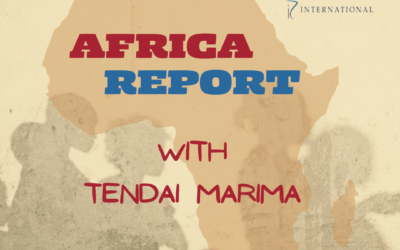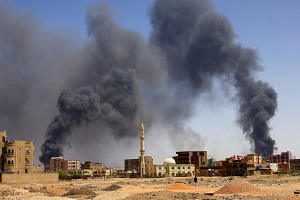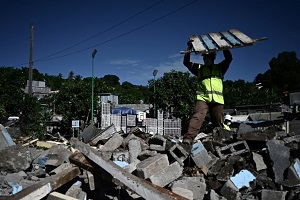 By Staff Writer
By Staff Writer
11:10:2021
The Municipal Demarcation Board (MDB) is constitutionally mandated to demarcate outer municipal barriers, divide wards and councillor representatives, and advise onward viability.
It obtained its mandate from section 155(3E) of the constitution, and the Local Government: Municipal Demarcation Act (1998) and Local Government: Municipal Structures Act (1998).
There currently are 4458 wards in the country, 278 municipalities, eight metro municipalities, 226 local municipalities and around 45 district municipalities.
Speaking to Radio Islam International, Mr Muthotho Sigidi, CEO of the MDB, reiterated the board’s task of delineating outer municipal boundaries and dividing up inner boundaries. He argued that average representation per the voter roll is utilised in internal delineations, with one ‘average’ required before moving onto the delineation of another ward. Mr Muthotho also noted that this process will stop at least ten months before the poll, “let me say that normally we need to stop the [process] 10 months before.”
The IEC will thus then communicate it to the voter, with an 8–10-month period used for this process. This may prove especially difficult since most only focus on elections a few months before the vote.
Mr Muthotho also argued that four categories were used in outer bounder delineations, class 1 (minor changes), class II (annexation), class III (amalgamation), and class IV (categorisation). In other words, the MDB does everything from minor alteration to municipal boundaries to the actual categorisation of which municipalities constitute Metros.
He noted that although viability in terms of capacity and finances is considered, other factors such as transport routes also form part of the deliberations. Moreover, he argued that the MDB only provides advice to local executives and does not dictate the viability of municipalities. It was noted that the process for outer boundary delineation is currently closed until after the 1 November poll.







0 Comments